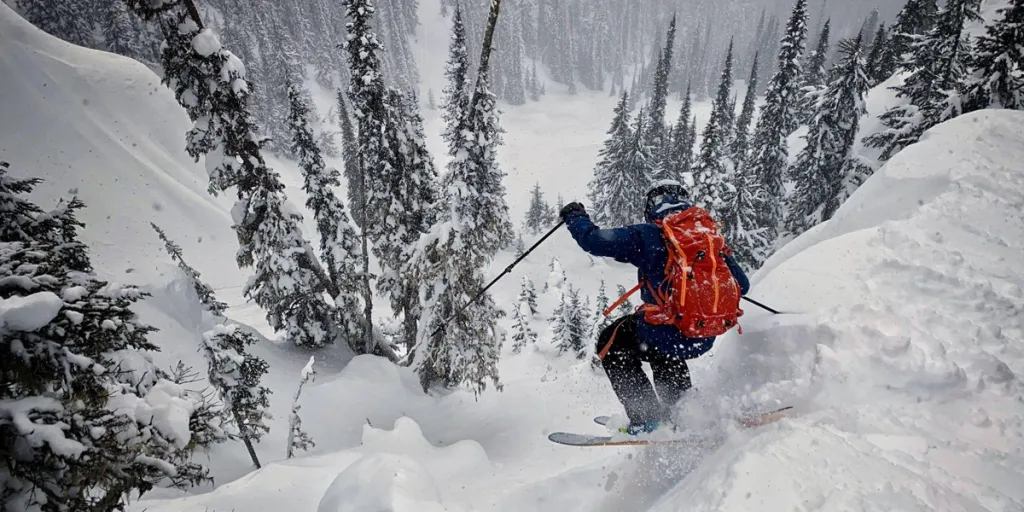The world of winter sports is evolving faster than ever before. If business buyers are looking to stock an inventory that caters to the most passionate enthusiasts and curious newcomers, they need to be in the know. So get ready to discover five cutting-edge trends in snow and ice sports equipment that will have customers lining up to experience the thrill of the season. Don’t get left out in the cold—-dive into the gear redefining winter adventures in 2024.
Table of Contents
A look at the snow & ice sports equipment market
5 trends dominating the snow & ice equipment market in 2024
Other trends having an impact on the snow & ice equipment industry
The bottom line
A look at the snow & ice sports equipment market
The snow and ice sports equipment market ended 2022 with a value of US$ 13.72 billion. A report from Maximize Market Research projects the market will readjust to US$ 18.44 billion by 2029 at a 4.31% compound annual growth rate (CAGR) over the forecast period. Although these sports see the highest engagement in winter, the rise of artificial snow or ice has helped boost their popularity. Additionally, North America will hold the largest snow and ice sports equipment market share.
5 trends dominating the snow & ice equipment market in 2024
Smart technology integration
Smart technology has revolutionized many industries, offering a glimpse of the future. The same is true for snow and ice sports equipment and apparel, as the smart trend has introduced transformative changes in how athletes and enthusiasts engage with their favorite sport. Here are some ways smart technology integration is changing the industry in 2024.
Augmented Reality (AR) for immersive experiences
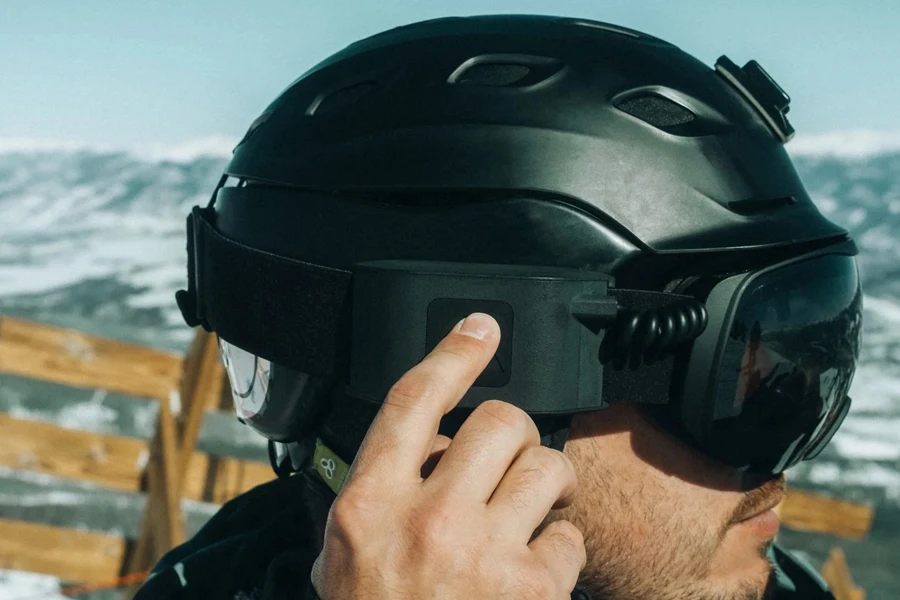
AR technology is making its way into goggles and helmets. Now athletes and enthusiasts won’t need distractions to get vital information—they’ll get everything overlaid in their real-world view. AR helmets and goggles can handle digital information like navigation cues, real-time weather updates, points of interest, and virtual race courses. While more features are definitely on the way, these current options are already enriching the overall experience.
Smart features in the equipment
Smart technology is not only making waves in wearables. Innovators are also integrating them into the very fabric of snow and ice sports equipment. Modern skis and snowboards now have sensors that analyze terrain, snow conditions, and riding style, adjusting their flex and response to give the rider the best/safest experience possible. Smart bindings are also emerging, offering features like automatic release in case of falls.
Data-driven training and coaching
Smart devices generate a wealth of data, and it’s revolutionizing how people coach and train in snow and ice sports. Athletes and coaches can now analyze performance data in granular detail, identify areas for improvement, and tailor training plans to specific goals and weaknesses.
Growth of backcountry and off-piste activities
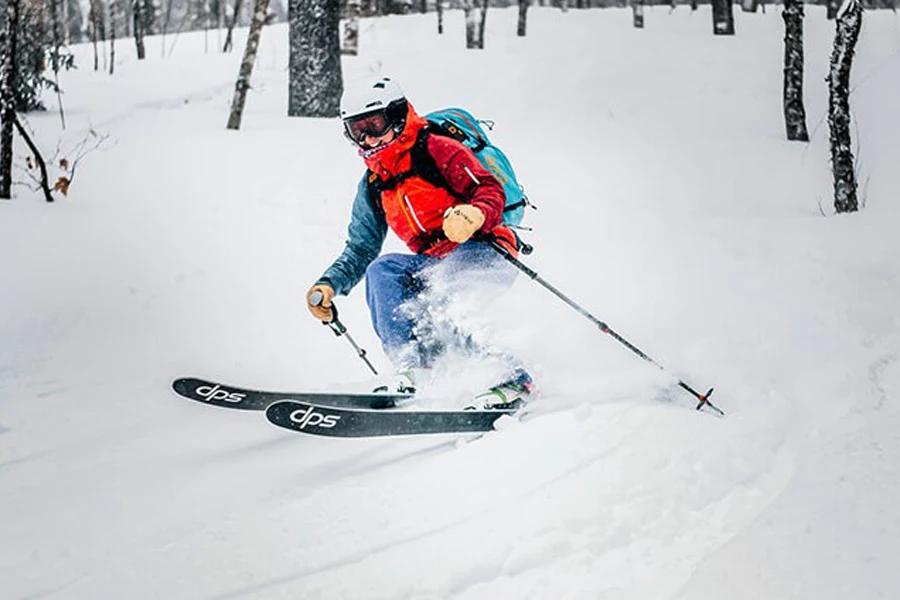
The excitement of leaving groomed trails to explore fresh, untouched snow has caused a big increase in backcountry and off-piste snow sports. Despite being uncharted territory, improvements in equipment and technology have made backcountry travel easier for more people. Social media and online forums have also helped popularize backcountry adventures.
People engaging in these sports have shared stunning photos and videos of untouched powder and breathtaking landscapes, inspiring others to try backcountry skiing or snowboarding. However, this growing popularity of backcountry and off-piste activities also led to a surge in demand for specialized equipment. Business buyers can expect more orders for avalanche safety gear, lightweight touring equipment (like skis and split boards), backcountry-specific apparel, and navigation/communication tools.
Lightweight and portable equipment

Lightweight and portable equipment is one of the many ways manufacturers are responding to the increased demand for backcountry and off-piste terrain adventures. Uphill travel is less stressful with lightweight gear, allowing adventurers to enjoy their ascent, cover more ground, and explore further into the backcountry.
Lighter skis, split boards, and snowshoes also offer increased maneuverability in challenging terrain. Consumers need this advantage to navigate tight trees, steep slopes, and variable snow conditions. More importantly, lightweight gear makes it easier to carry on long approaches, multi-day expeditions, or travel in remote locations.
Even backpacks and carrying systems designed for backcountry use are becoming lighter and more ergonomic. Here’s a table showing how light some backcountry and off-piste gear have gotten over the years.
| Gear type | Backcountry models weight | Regular downhill models’ weight |
| Skis | 2.5 to 3.5 pounds (1100-1600 grams) per touring ski for a 180cm length | 4 to 5 pounds per downhill ski (1800-2300 grams) for a 180cm length |
| Split boards | 6 to 8 pounds (2700-3600 grams) for a 160cm length | Upwards of 9 to 10 pounds (4100-4500 grams) for a 160cm length |
| Snowshoes | 2.5 to 3,5 pounds (1100-1600 grams) per boot | Often weighs between 4 to 5 pounds (1800-2300 grams) per boot |
| Bindings | 1 to 1.5 pounds (450-680 grams) per pair | 2 to 3 pounds (900-1360 grams) per pair |
Rise of snow biking
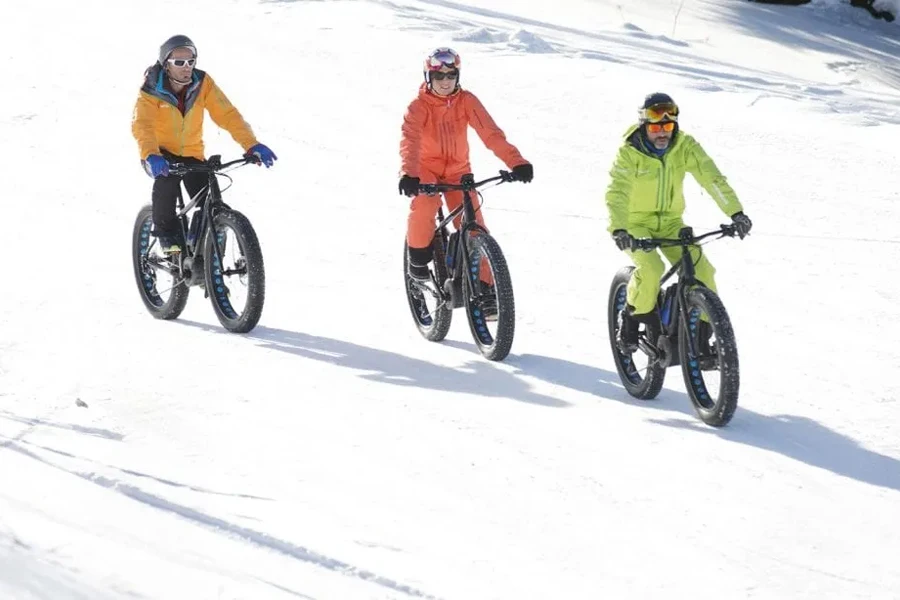
Snow biking (or fat biking) is emerging rapidly. Many people love the way the sport turns winter landscapes into exciting playgrounds for riders of all skill levels. Many even consider snow biking more fun than popular skiing or snowboarding. Even better, fat bikes, with their oversized tires, can excel on various surfaces, including snow and sand.
This versatility is why snow bikes are gaining so much popularity. Purchasing snow bikes means owners can use them all year round. And, unlike skiing or snowboarding, snow biking requires a minimal learning curve. Most riders are already familiar with the bike frame and upright standing position, meaning even beginners can hop into the sport.
But that’s just the surface of why snow biking is trending. Snow biking opens up a wide range of possibilities for exploration. Riders can cruise along groomed trails, tackle snowy singletrack, or venture into the backcountry for a more adventurous experience. The sport also accommodates various riding styles, from leisurely rides to adrenaline-pumping descents.
The rise of snow biking has also increased the demand for the sport’s equipment. Experts say the fat biking market will grow at a 13% CAGR from 2023 to 2030, so growth looks promising. Fat bikes, snow bike trailers, snow biking attire, and studded tires are only some of the items receiving high demand this year.
Electric-powered snowmobiles
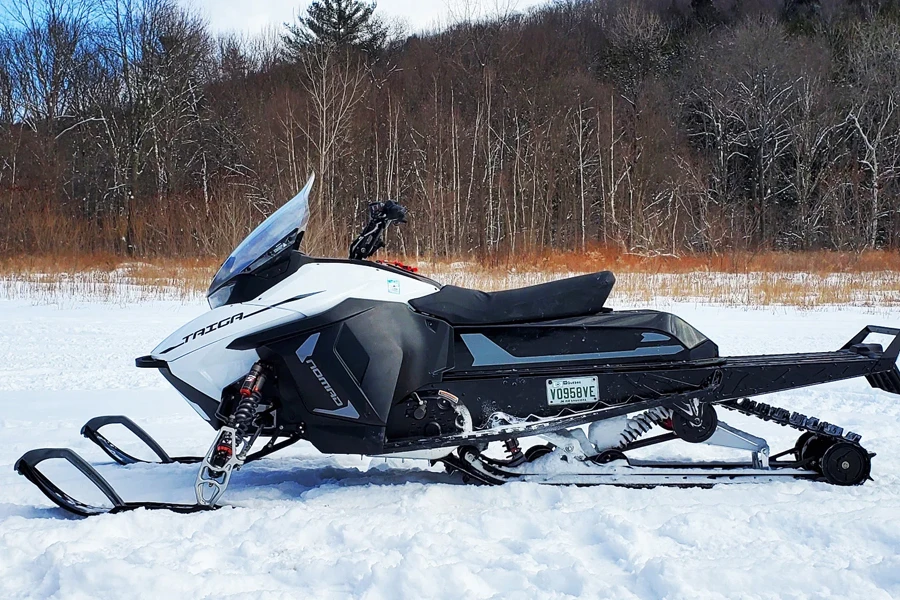
Sustainability is the new normal, and manufacturers are responding to the trend with revamped practices and eco-friendly products. One such update in the snow and ice equipment market is electric-powered snowmobiles. They are emerging as amazing alternatives to their gasoline-powered counterparts.
Beyond their sustainability advantages, electric-powered snowmobiles are also gaining popularity for their instant torque, resulting in exhilarating accelerations and responsive handling—both factors needed for a fun and engaging riding experience. They also require less maintenance due to fewer moving parts than gas-powered models.
Although electric snowmobiles have some challenges in range/charging infrastructure, higher upfront cost, and battery technology, their future looks promising. More importantly, several major snowmobile manufacturers have already released or announced plans for electric models, indicating a strong commitment to this technology.
Other trends having an impact on the snow & ice equipment industry
Rental and subscription services
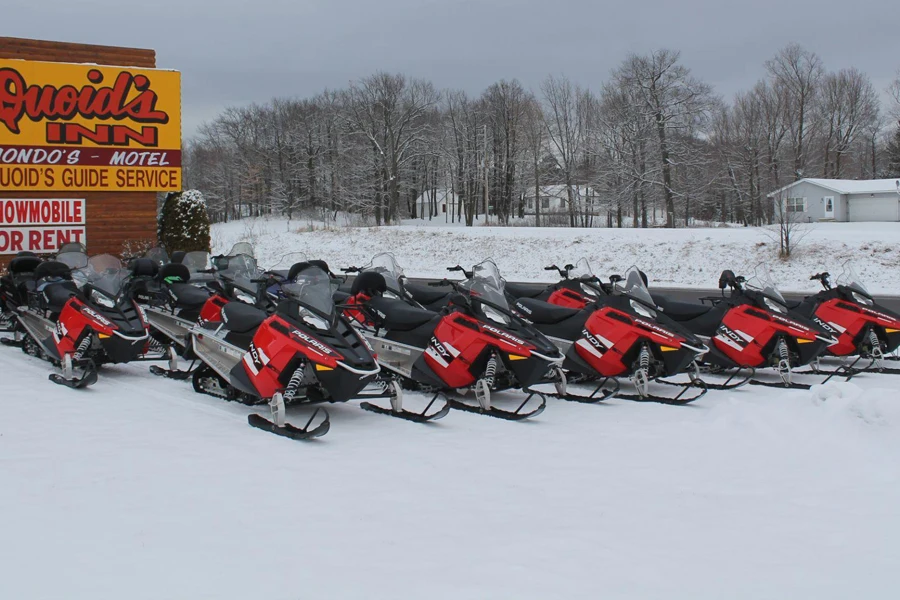
The sharing economy is impacting the snow sports industry, with many businesses (and increasing) offering rental and subscription services for skis, snowboards, and other equipment. This trend focuses on greater accessibility and affordability for those who may not want to purchase equipment outright.
Virtual reality and augmented reality experiences
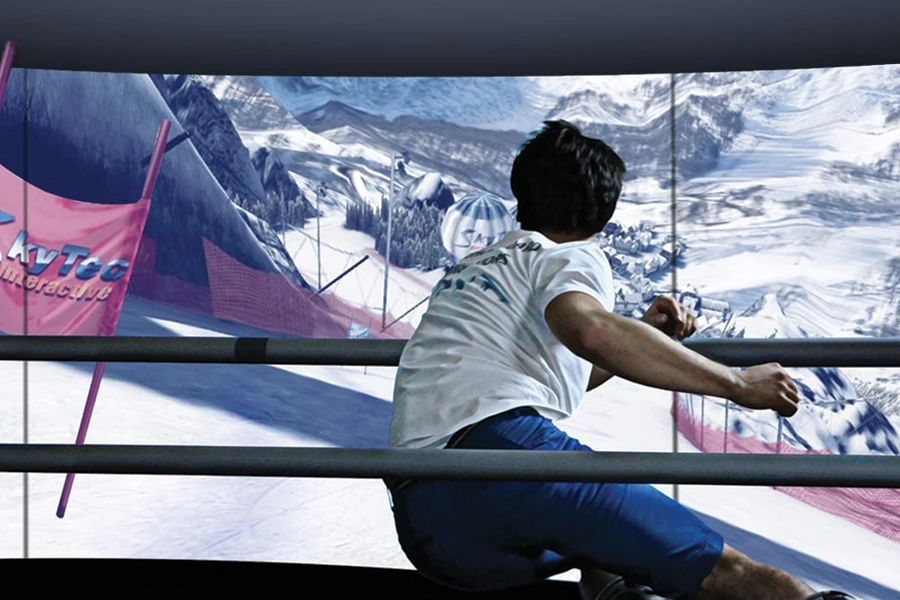
VR and AR technologies are also making a bigger scene in snow and ice sports for training, simulation, and entertainment. This shift allows users to experience realistic slope simulations, practice techniques, and even explore virtual mountain environments.
The bottom line
The winter sports industry is changing, and businesses need to keep up. By following these five trends and adding the latest innovations to their stock, businesses can attract new customers and keep current ones loyal. Don’t miss the chance to boost sales and give winter sports fans an amazing experience this season. And finally, don’t forget to stay updated with more articles like this by subscribing to Alibaba Reads sports section.
